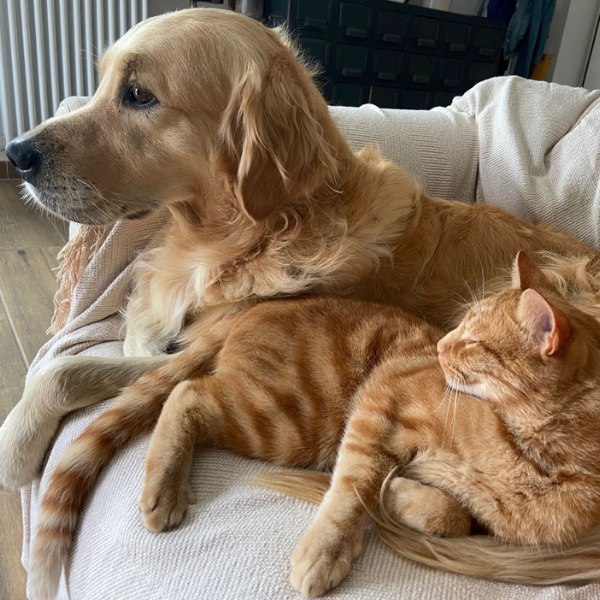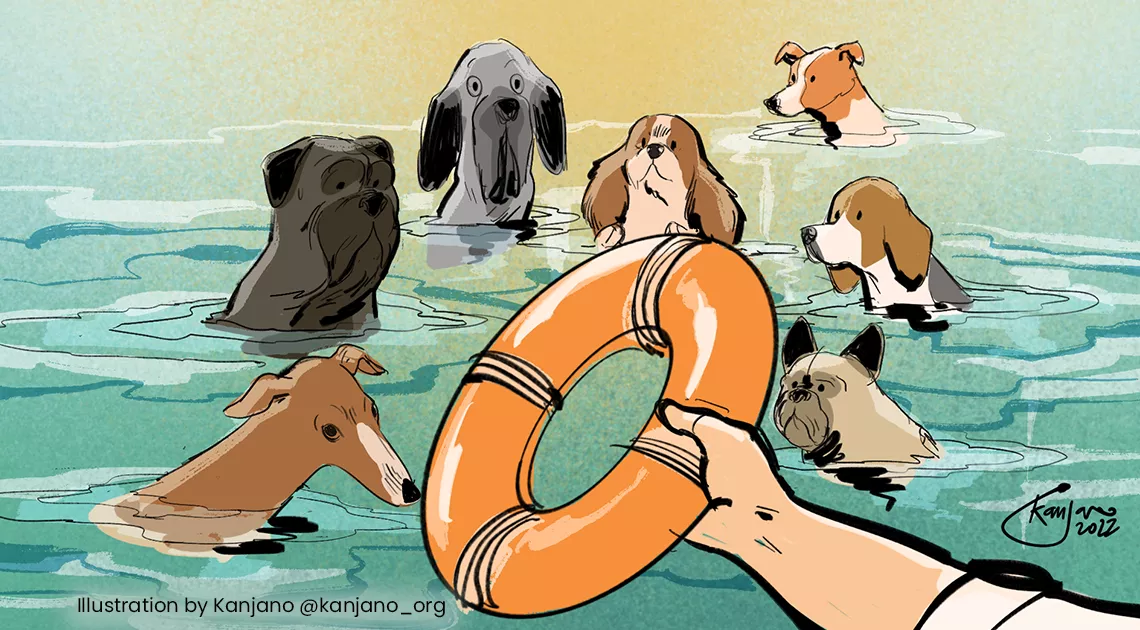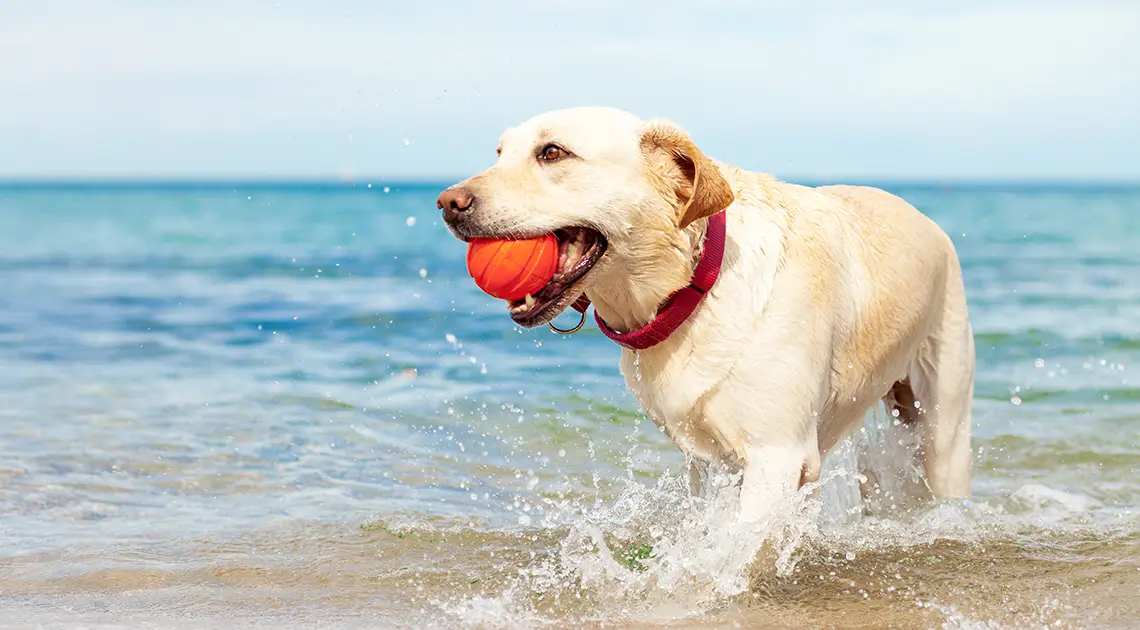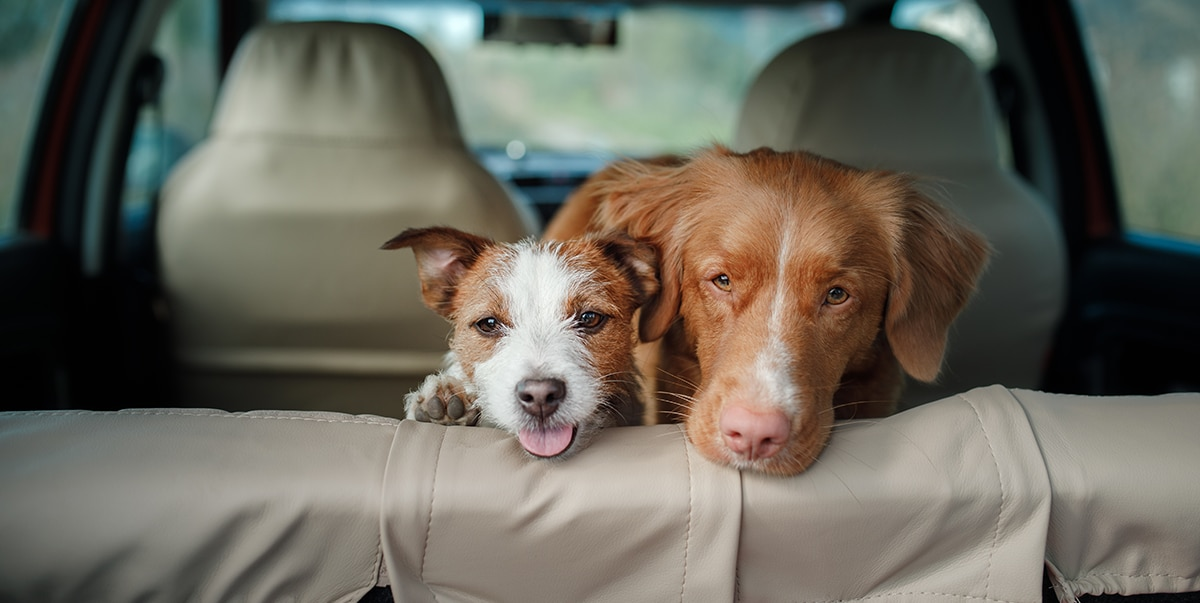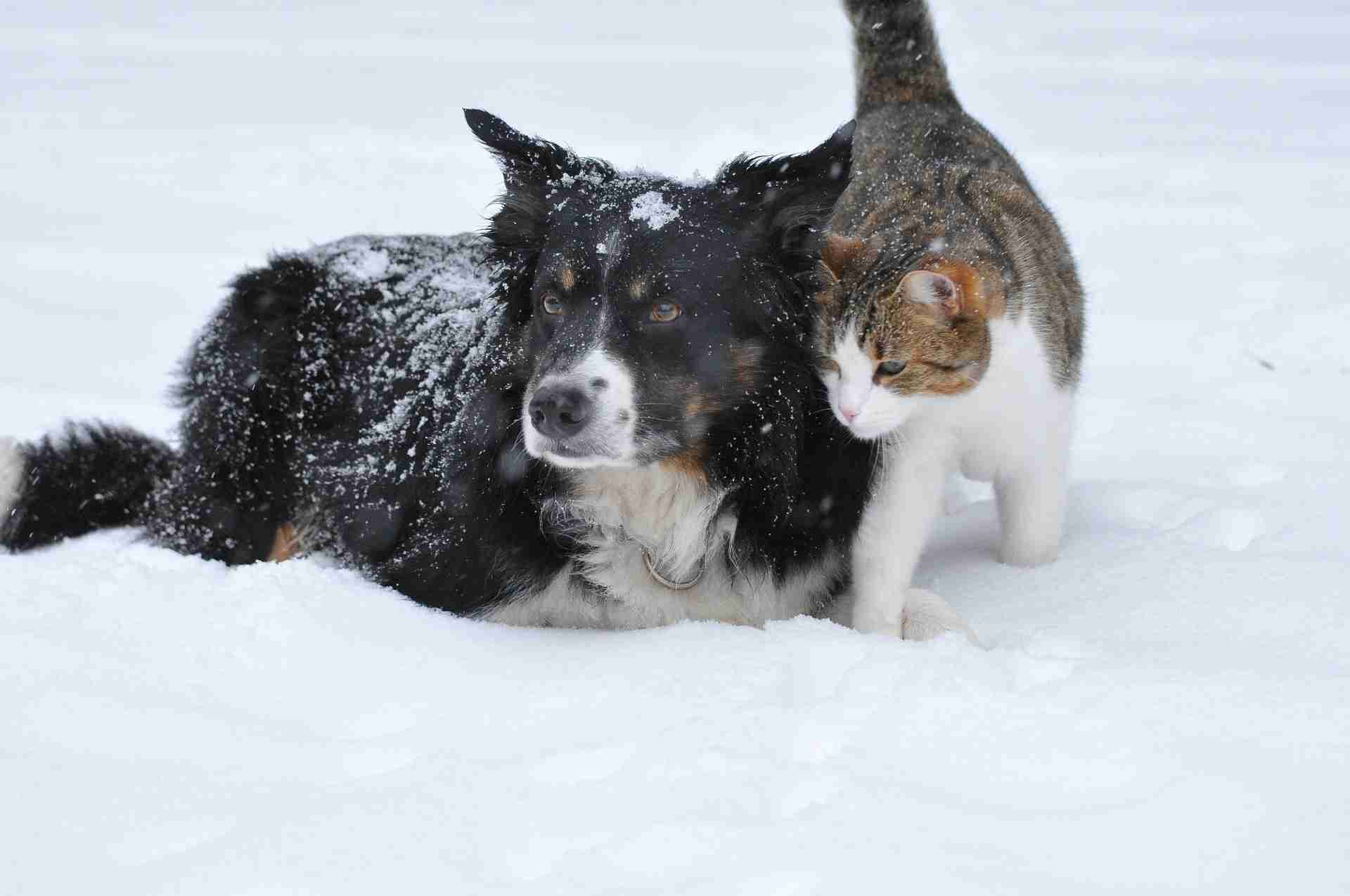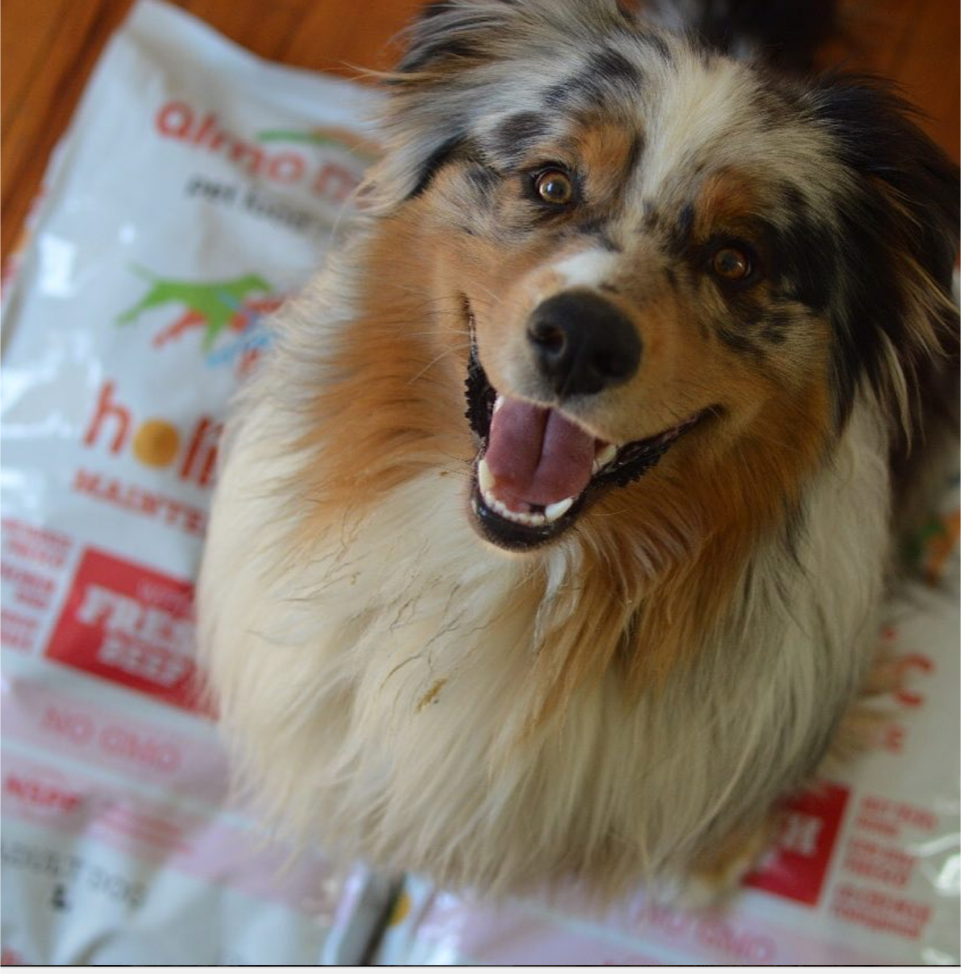Taking your dog on holiday: the dos and don'ts

Travelling is a great way to relax and unwind for us humans. But it can be stressful figuring out if our four-legged friends can join in on the fun. If you're not sure whether to take you dog with you or if you don't know how to go about ensuring they have a pleasant holiday, this blog is for you! These dos and don'ts offer guidance for those taking their dog along and those choosing a temporary home away from home.
Dos
Figure out how much time you will spend with your dog. Will they be able to come with you everywhere you go or will they be confined to a hotel room?
Consider whether the activities you're planning are enjoyable for your dog as well. Are you planning a beach holiday with your sun loving dog? Great, but make sure you're prepared by bringing a parasol for instance.
If you are not sure about the above, it might be better to choose a sitter or find a top-notch pension or a kennel.
Take your time choosing a facility. If you choose the kennel option for your pet, the best way to make sure it has a relaxing stay, is to take it to visit the chosen facility two or three times before the holiday. This so that they can familiarise themselves with the location and the people who will be taking care of them. At the same time, the kennel staff will have plenty of opportunity to get to know your pet, its habits, likes and dislikes.
Do not break your dog's routine as this could be frustrating for your pet and cause issues with their stay. Maintaining their routine, even when being looked after by other people and not by us, allows the dog to react to the separation in a calm manner.
Address and preempt separation anxiety. Just like humans, pet can suffer from being separated from their loved ones. If this is the case, prepare your dog by organising half-day stays at a small selection of kennels, making sure to build it up to an overnight stay (the most critical time for your pet).
Let them choose. Price, stylish design or snazzy advertisements are not sensible parameters for choosing a dog boarding facility. Our animal seeks moments of fun, interaction, relaxation and freedom and they will likely just ‘know' the right facility for them. For this reason, letting them ‘choose' their kennels would be your best option; the moment we place them in the facility, their reaction (fear or serenity) will help us understand if we made the right decision.
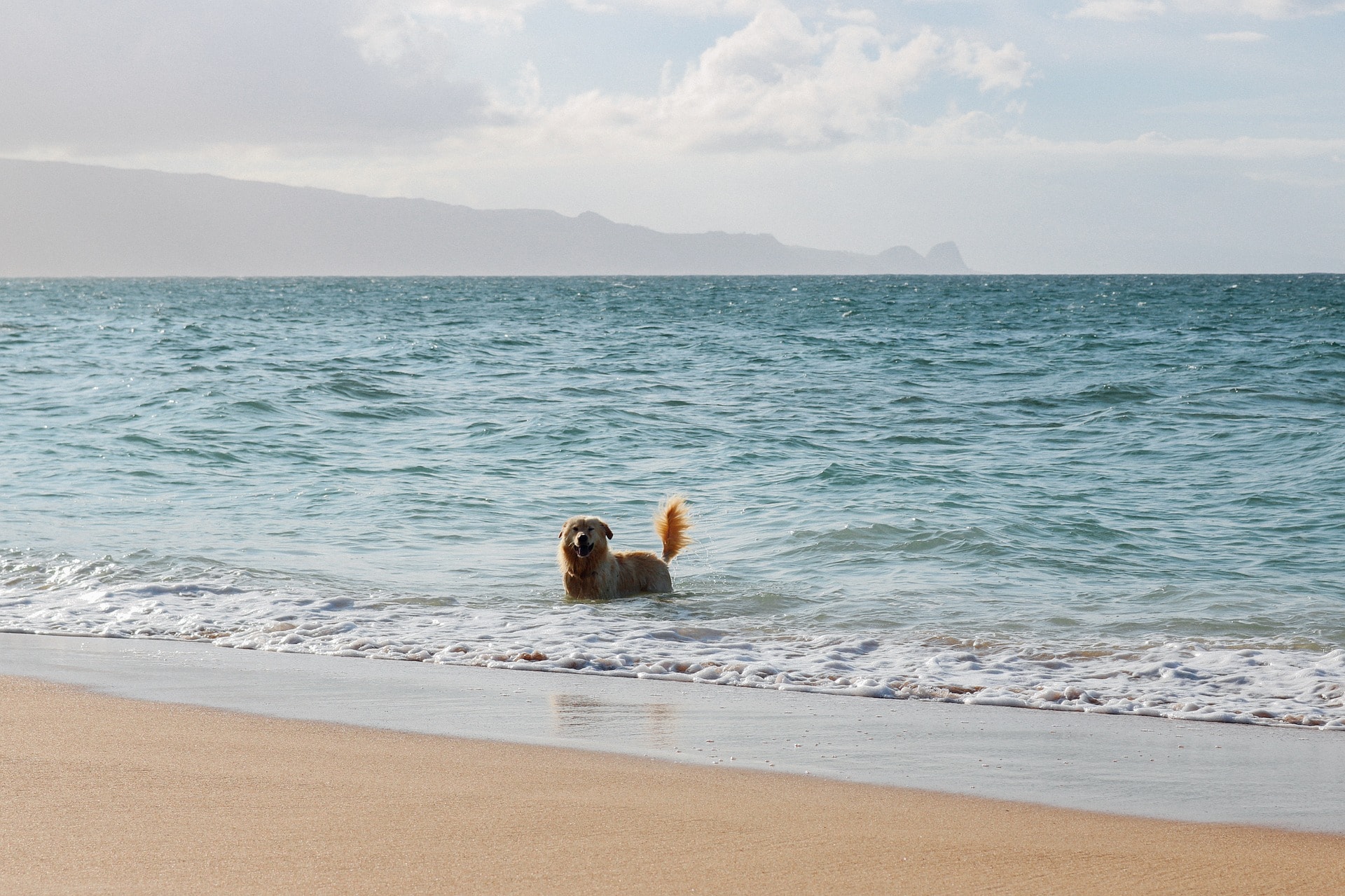
Don'ts
Forget to take your dog's favourite toys. Whether you decided to take them with you on holiday or not, the first thing you should do is pack their bag. It is advisable to take a number of items that give your dog a feeling of ‘home' and ‘belonging'. Its bed, bowls, food, toys, etc. are indispensable for the animal to understand that the place they're going to, will be their home for the duration.
Lose sight of their dietary needs. You should pay particular attention to your pet's diet a few months before the holiday commences; a sudden change of food may cause bowel problems and make our friend feel poorly. All this advance detail not only serves to make the trip more comfortable for our pet but also maintains their everyday routine, making the dog feel more secure in their home away from home.
Decide to skip a mandatory visit to your veterinarian. Ensure that your pet's vaccinations and anti-pest treatments are up to date. There are areas you might visit that carry a risk of serious diseases so comprehensive vaccination coverage will provide you with peace of mind and adequate protection for you dog.
Forget to get a pet passport when travelling abroad with your pet.
Disregard etiquette. Ensure your pet is well behaved and under control to avoid any complaints being made against you or your animal, so be sure to bring their leash and muzzle (if required) and arm yourself with enough poop bags to ‘pick up' after your pet.
Disregard changes in temperature. Most people don't realise there's a significant chance of dogs suffering heat stroke due to the dramatic change of air temperature between the inside and outside of a car. To avoid any issues with heatstroke, it's a good idea to lower the air conditioning and start letting the warm air from the outside in to the car shortly before a planned stop. In this way, both your dog and yourself can adjust to the temperature change gradually.
Stop too often when taking your dog on a car journey. A stop every 50-60km doesn't really give the dog a chance to relax, sleep and pass the time. Unless your dog is stirring, crying or making demands, it is best to continue on your way to make sure that the journey time is as short as possible. When you make a stop, give the dog ample time to explore the surroundings and do its business in peace.
After having made up your mind and having made a comprehensive bullet list, the rest of your holiday should be all about relaxing and having fun.

